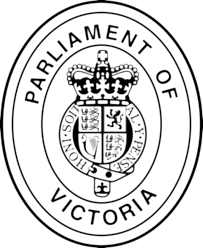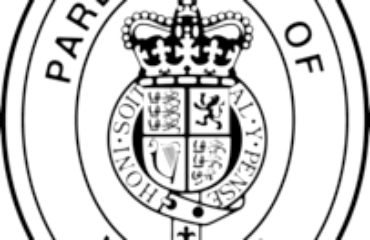
Ms PATTEN (Northern Metropolitan) (15:34): I am pleased to speak to the bill, for what will probably be a $16 billion 26-kilometre freeway that will be expected to open in six or seven years. Certainly Dr Ratnam and I are acutely aware of that and our constituents are certainly speaking to us considerably. But I will not use this contribution to speak about the road itself. I think I will stick to the task at hand, which is the toll.
Now, in some ways this is a relatively novel bill. You do not normally see governments setting their own tolls; they usually like to give it to other people to do. It sets a state tolling corporation that will be the recipient of these revenues. As we know, the bill not only provides for the collection but also the enforcement and the administration fees. It will provide for the tabling and amendment of the North East Link tolling agreements between the government and itself—the state tolling corporation—and it also will enable itself to authorise and regulate the tolling. And it also has other purposes.
As I said, it is novel and it is something that we have not actually seen for quite a while, but then again we probably have not seen many international businesses or many corporations actually interested in toll roads given the failure of Sydney’s Cross City Tunnel and Lane Cove Tunnel, and Brisbane’s Airport Link and Clem7 Tunnel. None of those have actually really worked, so I can imagine that there is not a great appetite for accepting toll revenue risk out there.
As I said, this is one of the first major road projects in Australia in which a government will take the revenue risk for operating a tollway. Really since the advent of public-private partnerships we have not seen that. Obviously there is cheap money around and low interest rates, and governments can be more savvy about maximising public value for road infrastructure works, even if that does come at a risk. In some ways you can hear Yes, Minister: ‘Very brave, Minister—very brave’.
Mr Barton: Courageous.
Ms PATTEN: Very courageous to actually toll your constituents and be responsible for any increases in those tolls and be responsible for any enforcement of those tolls. There is no blocker; you cannot actually blame somebody else for them, because you are front and centre of this.
Maybe this is what we might see as a turning point. We might see governments actually investing in their own roads and borrowing their own money rather than going to the public-private partnerships. I do not think that would be necessarily a bad thing. I think it makes governments even more accountable to their constituents, and as they raise those tolls it could well be in the ballot box that they are told whether their constituents like those toll increases or not.
As I said, it will be the first Victorian motorway where the state takes that revenue risk. To be cynical, they may have not had much choice in doing that. I am not sure that there are a lot of people out there who have a great interest in investing in this area. But given that they are taking the risk, given that it is a government toll, I hope that actually means fairer tolls in the long run. It also means that the government will have, possibly, a saleable asset going into the future.
I do not want to speak about the road, because as we go forward and as we have seen—and I know many people here today have talked about the empty roads that we are experiencing today and whether that will change. Certainly Dr Ratnam in her contribution spoke about this. But also when we are seeing greater use of active transport, as Dr Ratnam has raised a couple of times today, and also as we are seeing things like electric cars, as we are seeing other forms of transport, as we are seeing greater sharing of transport and as we are seeing greater ability to work from home, all of these things will change this and will change the risk of building this road. I think this is a question, and it is something that we will be debating no doubt throughout this year.
But there are many ways, and as we have seen, we know when it is a tradies RDO or when it is the school holidays our roads are never as busy as on other days. So we should also—and I encourage the government to also—consider other mechanisms to reduce or spread that demand. I know Infrastructure Victoria will tell you that it is not necessarily about building more infrastructure; it is just about managing the infrastructure you have better. And this would take me to something like a four-day work week.
Ms Symes: Really? Didn’t see that coming!
Ms PATTEN: I knew you would be surprised! The four-day work week—what we saw in that was that this would reduce congestion and this would reduce the need for building more roads. It would reduce the need even for building more trams and trains. If 15 per cent of people did not start work at 9 o’clock, this would have an extraordinary effect on congestion throughout our city and certainly our state. In fact just changing the work times could have a staggering effect, let alone one less day a week when people are on the roads. Over the coming 15 years the cumulative congestion will cost an estimated $42 billion to the Victorian economy, and that is just in the interface councils. That is just in those councils that are at the edge of our ever-growing city. This is the price of lost productivity as our workforce and our deliveries sit idle in traffic, emitting exhaust, in just a small proportion of the state. As I say, $42 billion is the number just for those interface councils alone. So we can fix congestion by a whole range of means, not necessarily by building other roads. COVID has shown us that we can adapt and we can do this differently. But with that point made, I will support this bill.

